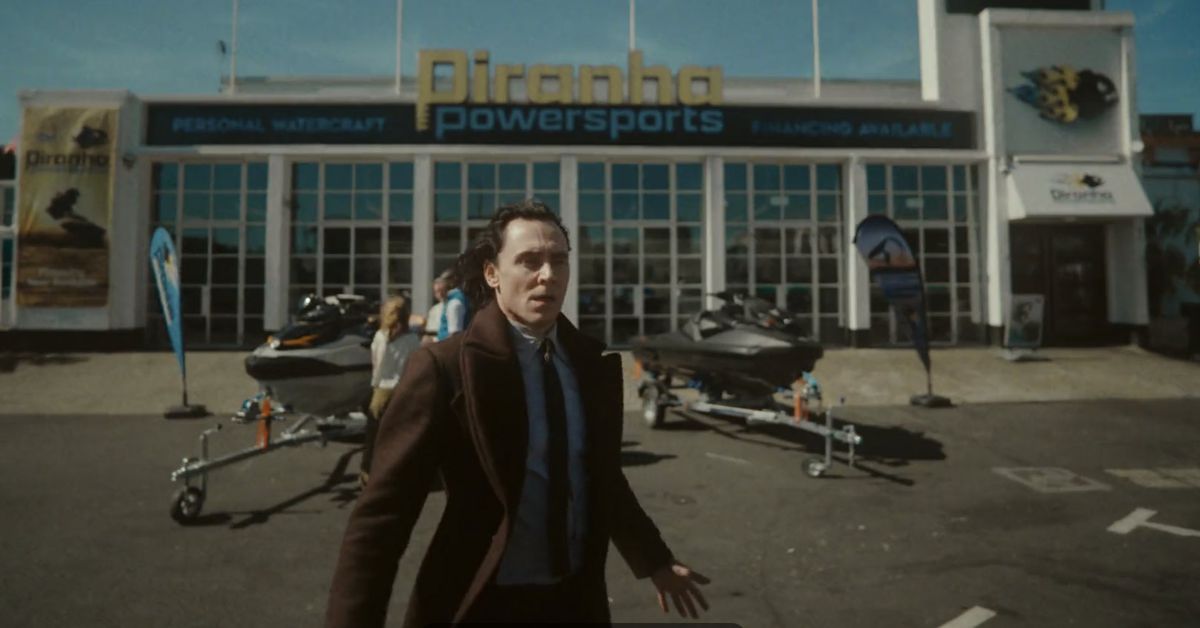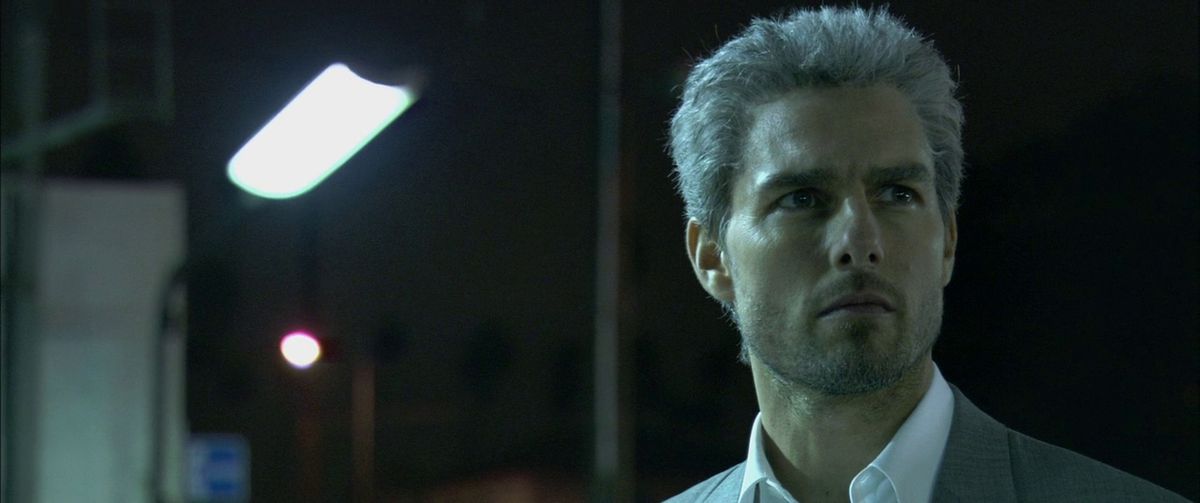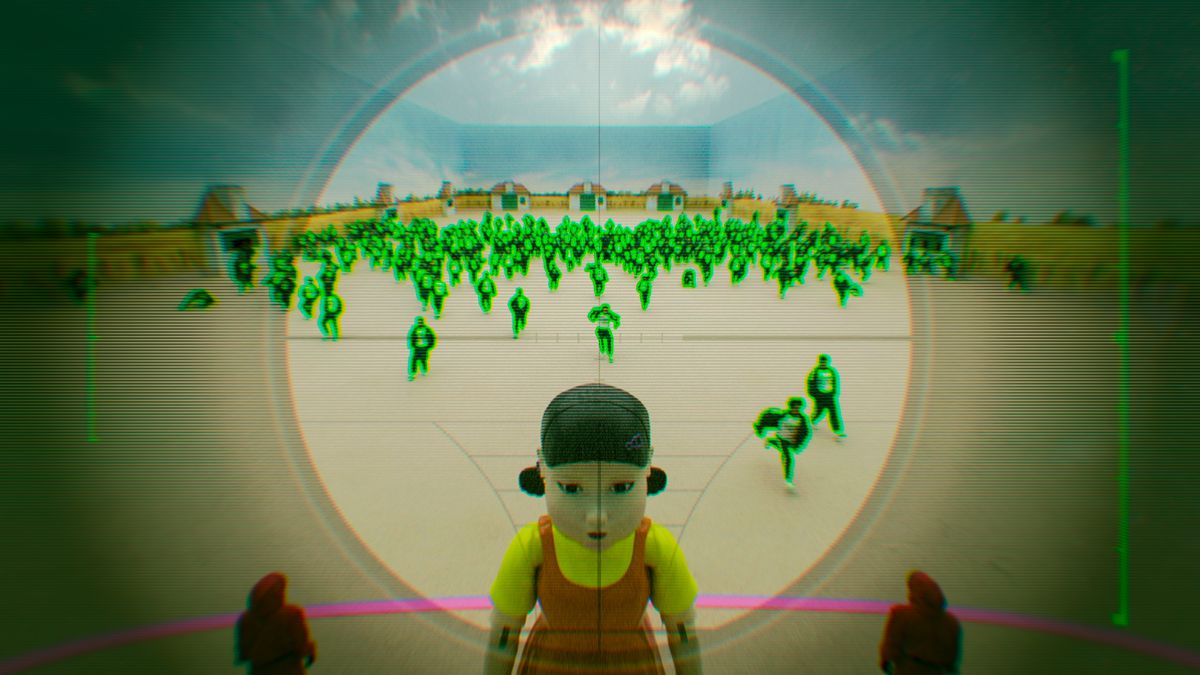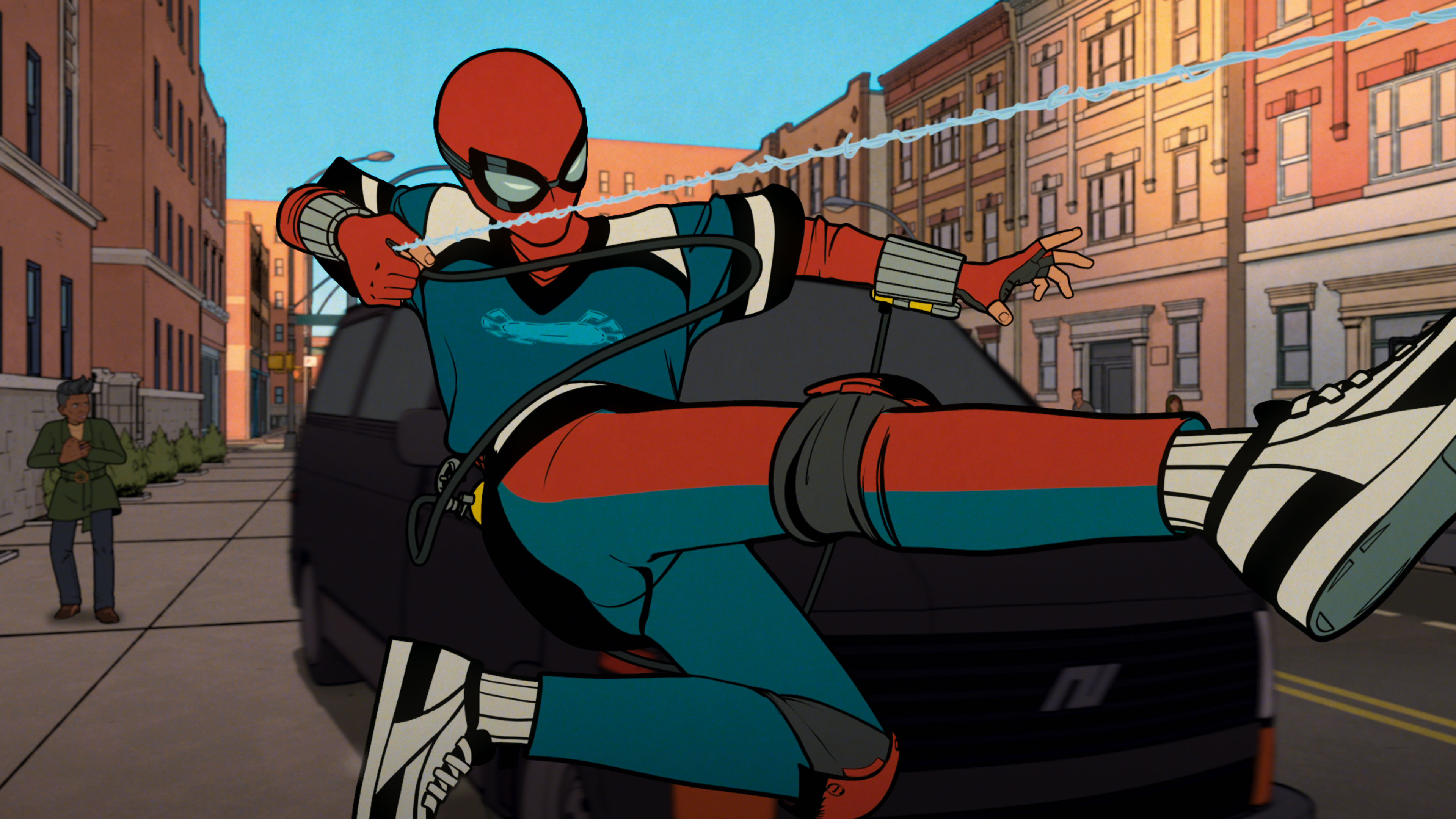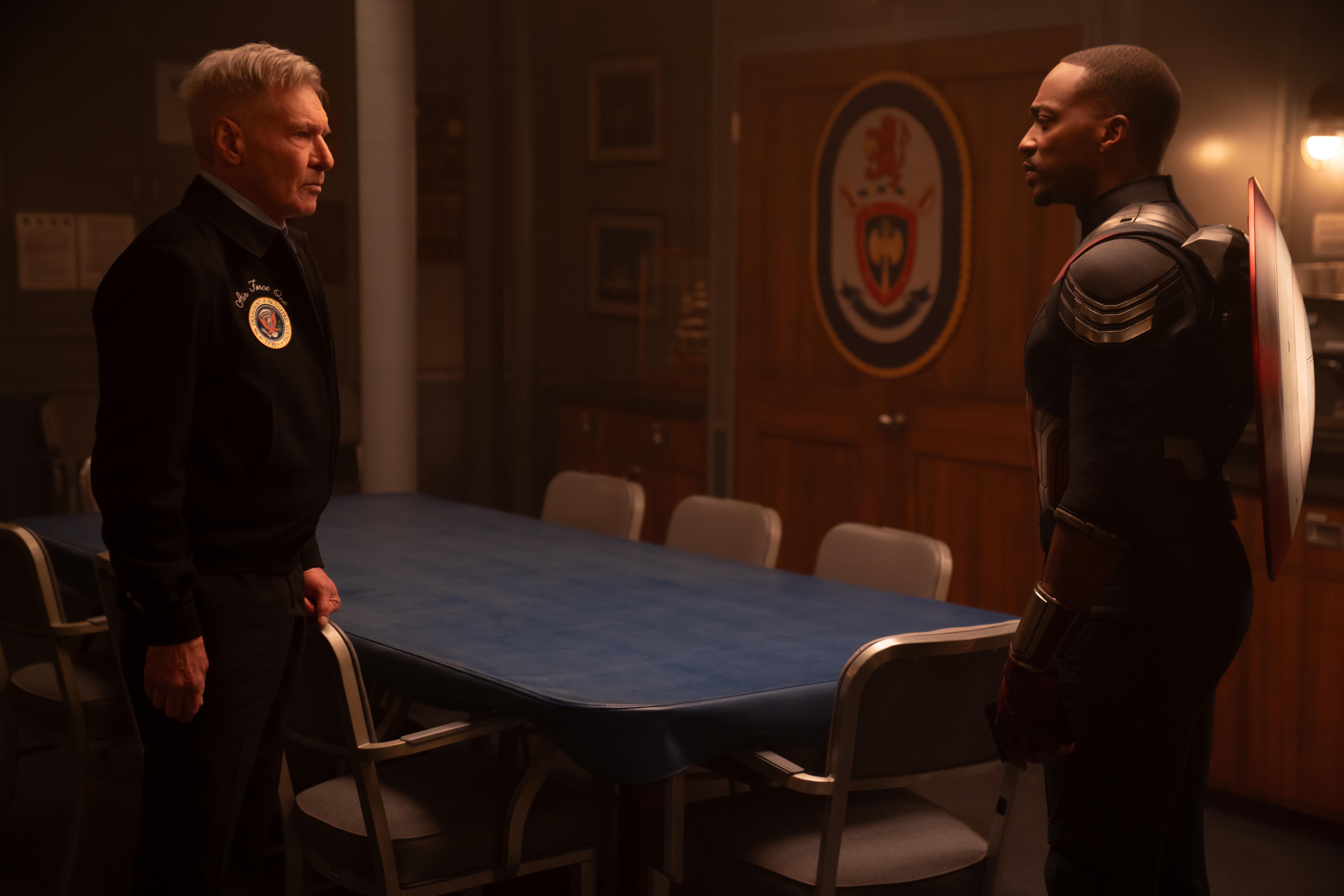With a handful of exceptions, nearly every episode of Scavengers Reign opens the same way: a close-up shot of some bizarre creature skittering across the surface of an alien world; a microscopic peek at the ecology of Vesta Minor, the uncolonized planet where the survivors of the starship Demeter have found themselves stranded. As the Demeter’s crew move through this unfamiliar terrain, each must forge their own bond with and understanding of the planet’s wildlife in order to survive. In Scavengers Reign, survival isn’t a matter of conquering the terrain, but of learning to adapt and cooperate with the planet’s various ecosystems. And those details — no matter how small, or how bizarre — are vital to understanding it.
Based on Joe Bennett and Charles Huettner’s 2016 animated short Scavengers, this 12-episode sci-fi series follows the surviving crew members of a deep-space freighter ship that is damaged by a solar flare and marooned in orbit above an uncharted planet. Separated from one another, without any clue as to who else might have escaped alive, the four survivors — plus one robot — must trek across this beautiful yet inhospitable world in search of a means of retrieving their ship and securing rescue. While traversing this strange world, the crew of the Demeter are forced to reckon with their own respective pasts as they forge ahead into an uncertain future.
:no_upscale()/cdn.vox-cdn.com/uploads/chorus_asset/file/25013197/Scavengers_Reign.jpg)
In terms of the series’ capital-P plot, Scavengers Reign relies more on showing than on telling. Sure, there are flashbacks to the crew’s time aboard the Demeter, revelations born from their explorations of Vesta Minor, and conversations aplenty between the survivors. But often the most memorable and truly remarkable moments throughout the series transpire without so much as a single word being uttered. This quality rests entirely on the strength of the show’s visuals, which strike a balance between the “ligne claire” aesthetic of the late sci-fi fantasy comic artist Jean “Moebius” Giraud and the exotic alien bestiaries of Wayne Barlowe.
Creature design and worldbuilding are one and the same in Scavengers Reign. Every animal, from the tiniest insect or docile herbivore to the most colossal and terrifying carnivore, exhibits a behavior that serves a function both within the moment-to-moment beats of an episode and in the larger ecosystem of Vesta Minor as a whole.
A perfect example of this is in the first episode, where survivors Ursula and Sam (voiced by Sunita Mani and Bob Stephenson, respectively) repurpose a pair of bulbous jellyfish-like creatures as a means of floating safely down into a steep crevasse in search of a lost power source. These creatures later reappear flying alongside a flock of other strange animals while the two trek back to their base camp to trigger the Demeter’s emergency landing protocol. Sam by and large dismisses Vesta Minor’s ecosystem as either a threat or a means to an end, but Ursula embraces the planet’s wildlife with cautious curiosity, taking note of the harmonious balance between every strata of animal and plant life existing in tandem with one another. It’s this latter attitude that not only ultimately secures their own survival, but that of the rest of the Demeter’s crew as well.
:no_upscale()/cdn.vox-cdn.com/uploads/chorus_asset/file/25013198/scavengersreign_stills_newbatch_001_1280.jpg)
Because the world makes up so much of the storytelling, it’s important that it feels believable in its variety and detail. Luckily, the animation, courtesy of Titmouse (The Venture Bros., Star Trek: Lower Decks) and Green Street Pictures (which produced the original Scavengers short), looks impeccable at every turn. Every location the Demeter crew travel through is uniquely interesting, from barren desert plains where bird-like creatures camouflage themselves against the surface of tall bone-white structures, to dark forests lit by bright sacs of bioluminescent hatchlings. The work of Jonathan Djob Nkondo, a character designer and key animator on Scavengers Reign known for his abstract minimalist animation, feels particularly significant in conveying the eccentric and surprising behavior of Vesta Minor’s ecosystem. Composer Nicholas Snyder’s score also stands out as one of the strongest aspects of the show and its attention to detail, capturing the beauty and hostility of the planet through sparse fluttering piano compositions and shrill synths.
Scavengers Reign is a story of survival, but moreover it is a story about the inherent connection between humans and their environment, alien or otherwise. It’s a series where the smallest actions have profound consequences which may only be understood fully in hindsight. There’s beauty and body horror aplenty, as well as some of the most imaginative creature designs to grace animated television in recent memory. Scavengers Reign is a weird show, as wild as it is serene, one that’s sure to plant a seed of fascination in the minds of any audience willing to give it time to grow.
Scavengers Reign is available to stream on Max.

